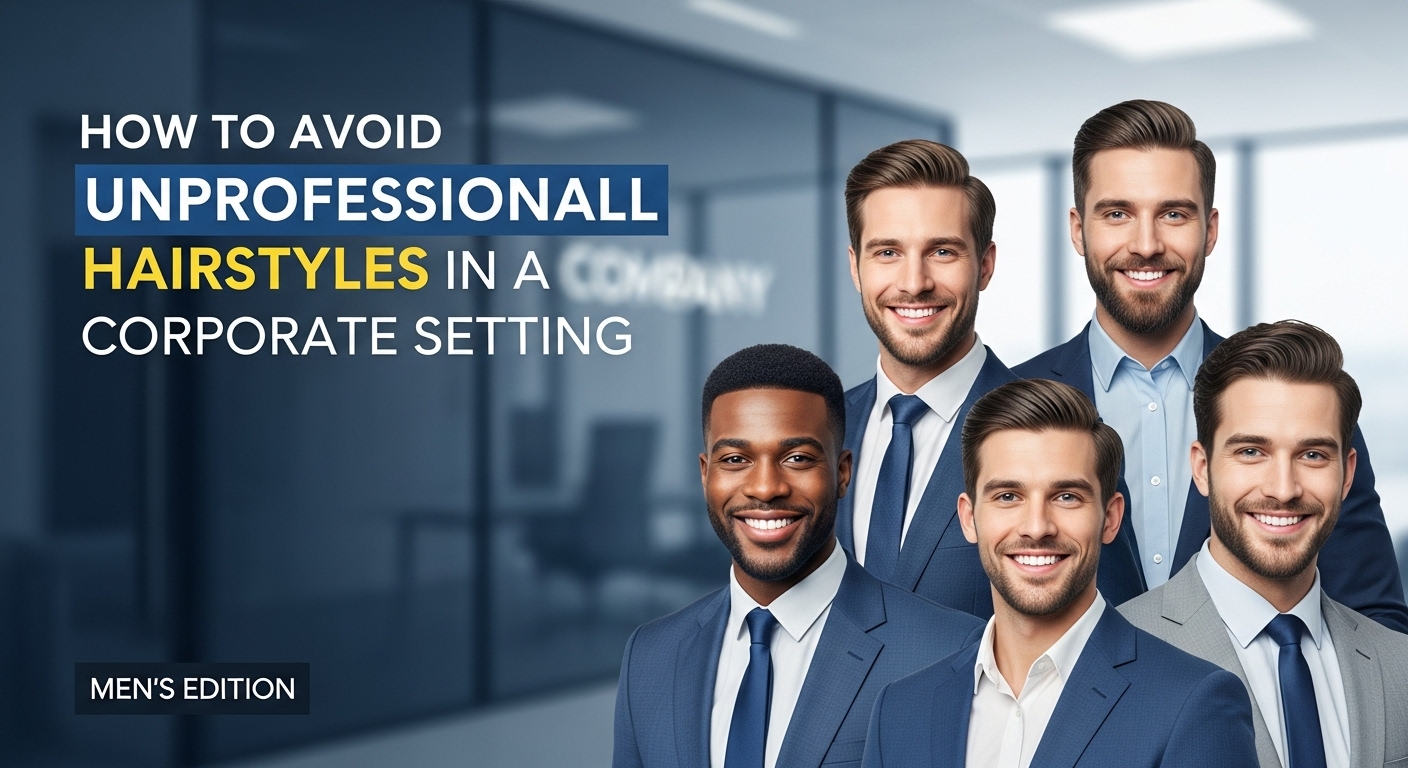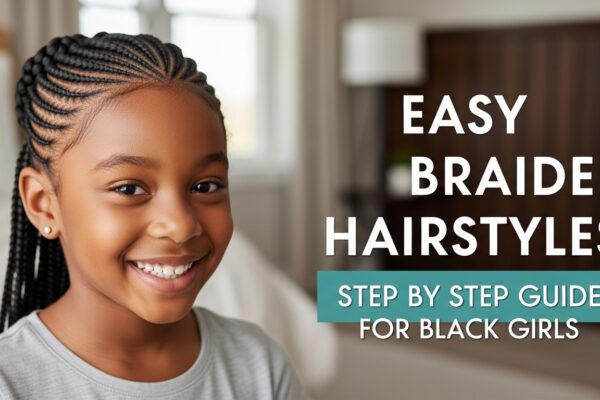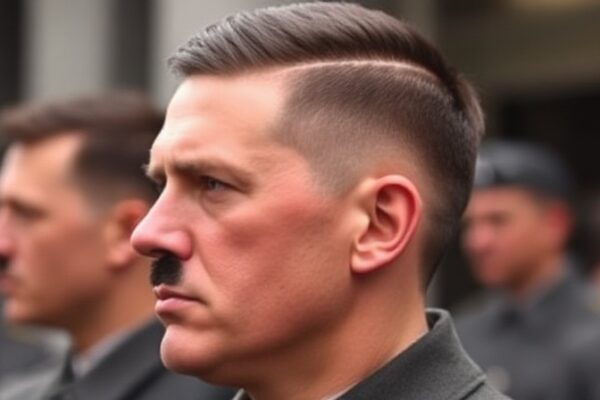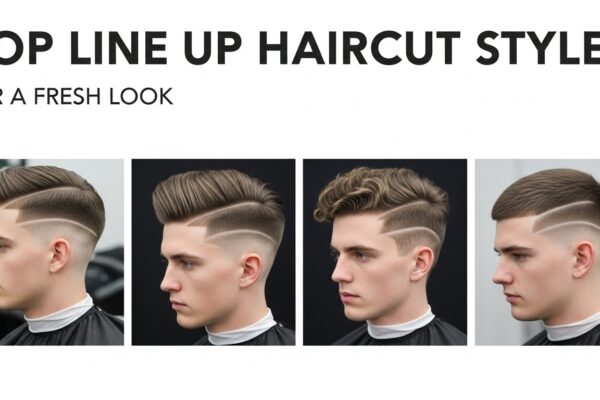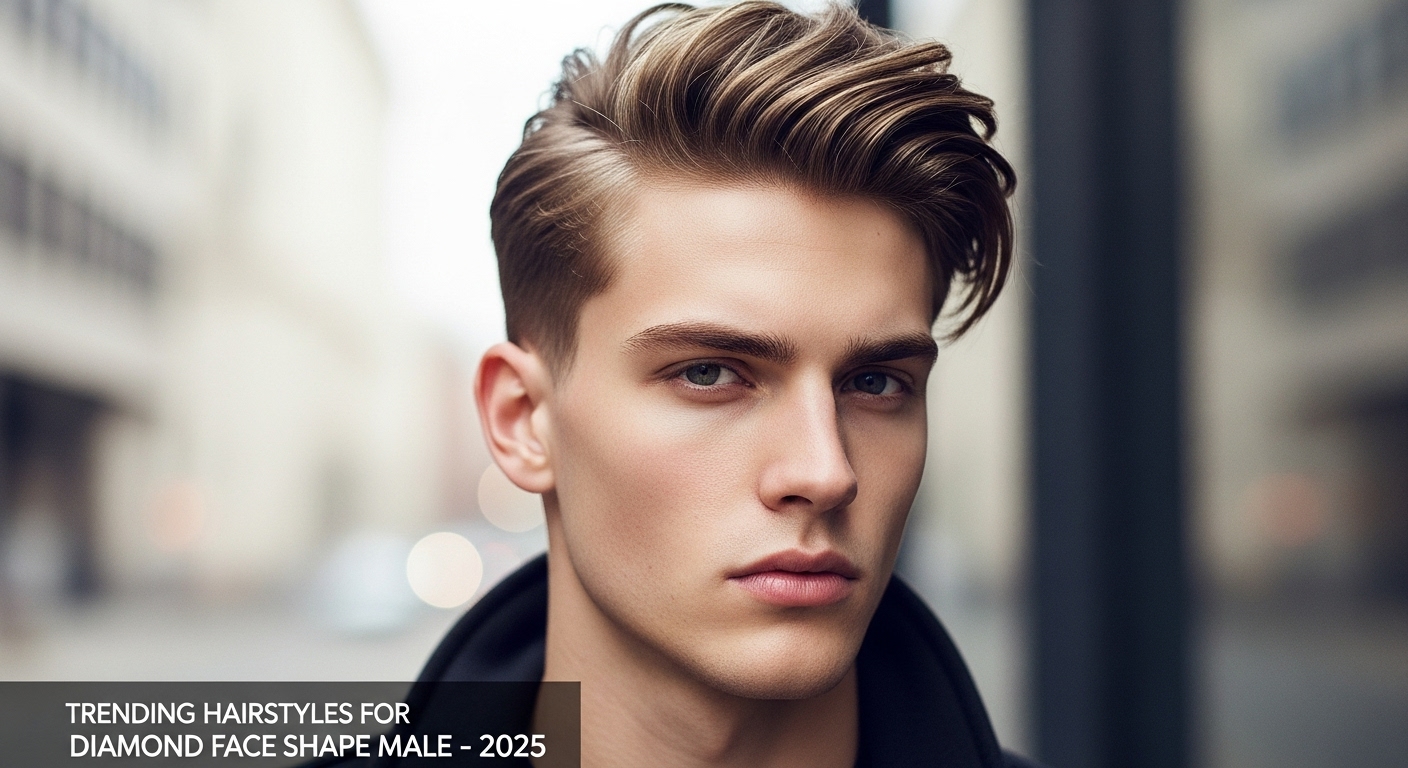When you enter a corporate office, it is not long before you understand that more than some people would like to admit, appearances matter. Not in a superficial way, but in the sense that the way you present yourself forms part of the overall professionalism. Clothes, shoes, body language, even your hairstyle, they all are factors in the impression you make. And yes, hair can be a medium through which you communicate and these signals can be the ones that either work in your favor or put you at a disadvantage in an environment wherein image and polish are tied to credibility. This is the point where avoiding unprofessional hairstyles becomes necessary.
Why Hairstyles Matter at Work
Perhaps you view hair as nothing more than hair. However, the fact is that corporate settings have been associating grooming with certain unspoken rules for a long time now.
A messy bun may be acceptable at a creative agency, whereas, the same style at an investment banking meeting could cause some people to give you a dirty look. Whether fair or not, hairstyles influence the level of seriousness that your colleagues, clients, and bosses will see in you.
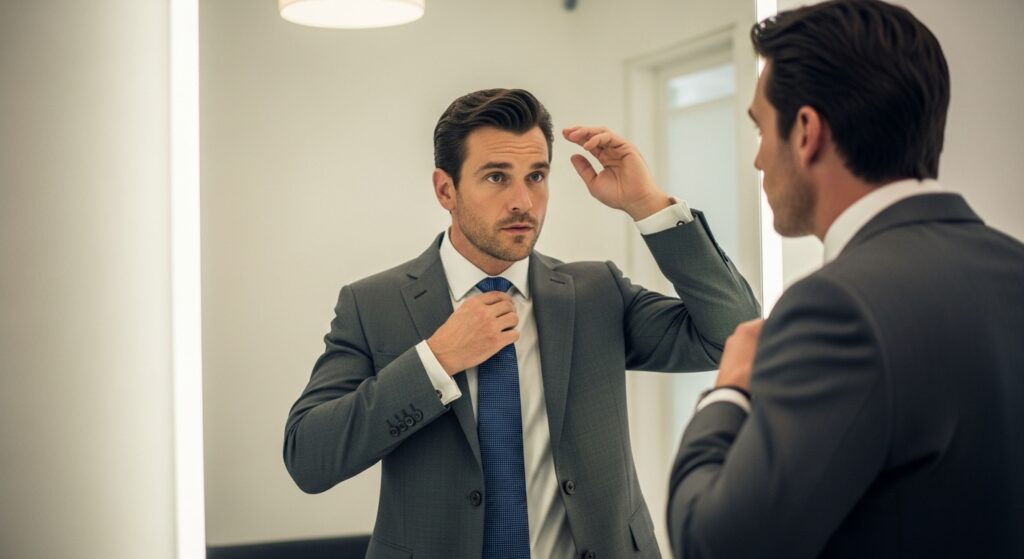
What Makes a Hairstyle Look “Unprofessional”?
It is not like there is a clear and definite universal standard of rules for every single thing, but sometimes you can still recognize certain similarities among different cases. For example, classic 70s hairstyles continue to inspire modern trends, showing how style often follows familiar patterns across generations.
The common denominator of the unprofessional hairstyles is the ones that distract other people, appear to be neglected, or not match the level of formality of the workplace.
Here is a simple table with some instances to explain better:
| Hairstyle | Why it may be seen as unprofessional |
|---|---|
| Messy bedhead look | Suggests lack of effort or hygiene |
| Bright neon colors | Too bold for conservative workplaces |
| Untamed long hair | Can look careless without grooming |
| Extreme designs or shaved art | Seen as distracting or rebellious |

Context Matters More Than Style Alone
The list of “unprofessional” behaviors is not static. It changes with your profession, workplace, and the people you talk to. For example, a tech startup in San Francisco could let you have pink hair and side cuts, whereas a law firm in New York might disapprove of you doing the same silently. The hairdo doesn’t tell anything until the context is added to it.
Hairstyles That Often Work in Corporate Environments
Safe and polished choices are usually the winners, especially if the idea is to set the mood to avoid any kind of backlash. Getting a clean trim, a fade that is not overgrown, using the natural color of the hair, and the style that gives the feeling of being planned not by accident.
Simple combed-back looks, neatly styled curls, or short textured cuts work well to co-exist with the environment.

Subtle Mistakes That Can Ruin a Good Style
There are times when the style is perfect but the maintenance part is where the downfall is. Hair gel that flakes during a meeting. A ponytail with frizz that looks like it was done hurriedly. Sideburns that are overgrown and have gotten out of their bounds.
These minor things can make a great professional hairstyle that is less appealing to be turned into something that feels like it’s been left unattended.
Examples of Small Issues That Add Up:
- Dandruff that can easily be seen on dark clothes
- Hair which is at the collar when it was supposed to be a short cut
- Beard that doesn’t match haircut
- Excessive shine product that looks like grease
Grooming Habits That Help
It doesn’t take a complicated change around the corner to have a professional look. The big difference is made by consistency.
- Regular trims every 3 to 4 weeks
- Wash hair often enough so it doesn’t get oily
- Use light products rather than heavy gels
- Keep facial hair neat and natural with hair style
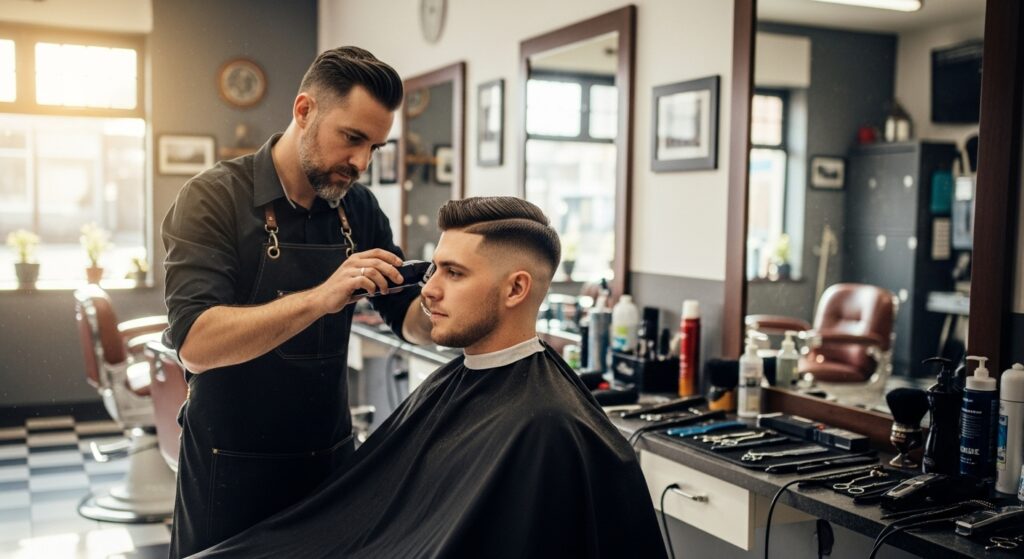
The Role of Personality and Self-Expression
But, that doesn’t mean completely hiding who you are just to fit into a company stereotype. Being personal and professional is not a contradiction. As an illustration, natural curly hair done well, a discreet undercut which is freshly trimmed, or even long hair in a bun that is clean.
The point is the right mixture. One’s personal qualities should not go so far as to appear to be against the professionalness of the environment in which you work. Bold choices, such as the Hitler haircut, may stand out too much and clash with the professional tone of the workplace.
Hairstyles That Can Risk Looking Unprofessional
These are some examples of hairstyles that are regularly considered unprofessional:
- Very long hair that is allowed to flow naturally in a formal office setting
- Neon streaks or multicolored highlights in a conservative job environment
- Large dreadlocks that have not been maintained properly
- Extreme spikes or experimental cuts
Final Thoughts
The standards of corporate grooming are not immutable. The main elements, which these standards represent, are the success and economic well-being of the business or corporation. These rules will change as the character of the company and its personnel change.
Small, intentional dressing can you help to your own advantage by avoiding the label of “unprofessional hairstyles” and letting your work take the spotlight instead.
FAQs
1: What kind of hair can be unprofessional in a work environment?
Usually, hairstyles that present the character to be messy, unclean, overly flashy, or distracting are unmentionable in the business world.
2: Is it possible for men to have long hair at work in a business environment?
Yes, but it should be kept in good condition. If it is neatly tied up or regularly cut to give off the vibe of being deliberate.
3: Are hairstyling with colors allowed in the office?
It depends on the nature of the industry. The conservative workplaces will probably expect a natural look, whereas the creative ones will be more open-minded.
4: How frequently should I get a haircut to retain the professional look?
Every 3 to 4 weeks for short hair, and if the hair is of medium length, it can be cut slightly longer as long as it is kept tidy.
5: Do corporate hairstyles have to be dull?
Not necessarily. You can make your hair look stylish and sing your personality as long as it doesn’t look messy or overly distracting.

James Tony covers everything from classic cuts to trendy styles, helping readers choose the right haircut and maintain healthy, stylish hair. He’s known for his deep dives into hair textures and face shapes, making it easier for anyone to find the perfect look. James believes a good haircut is the first step to great confidence.

